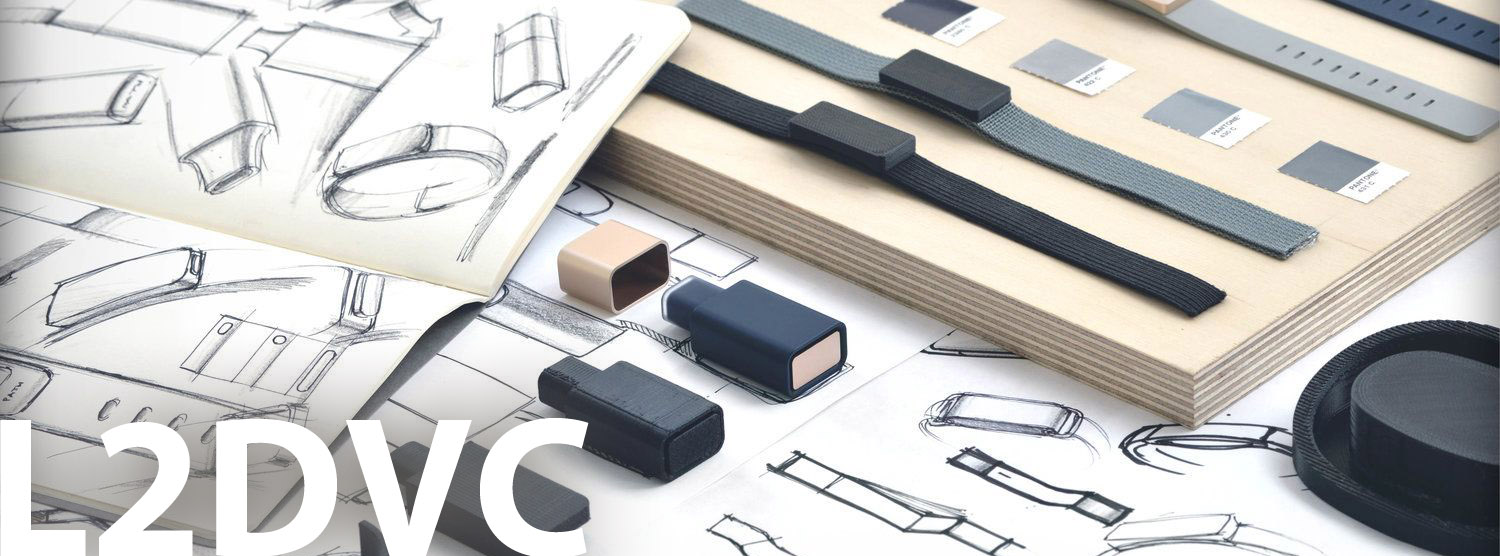| L2DVC | L2 Design & Visual Communication (Graphics) | 19 credits | Yr: 12 | |
|---|---|---|---|---|
 | 19 Credits available - 3 credits externally assessed and 16 internally assessed. This is an academic, university approved pathway. | |||
| Costs: | ||||
| $70 materials cost, which includes pens and pencils, erasers, printing, specialist graphics drawing and rendering equipment, all paper and card, clearfile display books, 3D printing, modelling materials, software costs, etc. All stationery and course materials are covered in this fee, and there is no need to purchase any special stationery. | ||||
| Prerequisites: | ||||
| Students must have completed Level 1 Design & Visual Communication (Graphics) and must have passed at least one of the standards - or gain Head of Faculty approval. |
||||
| Learning Strategies: | ||||
| Students will be involved in design activities and briefs and be expected to describe and illustrate products or systems using a range of drawing methods relevant to the different stages of development. They may also be expected to use mock-ups and modelling to explore problems and evaluate final solutions in terms of a design brief, in the specific areas of architecture and product design. Work will involve a range of hand and digital drawing techniques, along with 3D modelling and computer presentation. This course is aimed at students who wish to pursue a university-based career in various design fields. | ||||
| Main Areas of Study: | ||||
| Level 2 Design & Visual Communication is a future-focused, hands-on course for creative thinkers who love to design, draw, and solve real-world problems. Blending architecture, product design, graphic design, sketching, and 3D modelling, this course offers a dynamic mix of artistic expression and practical design thinking. Students will build a solid foundation in visually communicating ideas through both traditional drawing and digital tools. From sketchbooks to screen-based design, you'll explore how to turn ideas into compelling, functional solutions. Through a structured design process, you'll learn how to tackle design challenges and bring your creative ideas to life. As the course progresses, you’ll have the chance to focus more deeply in areas that interest you—whether it’s architectural design, product innovation, or 3D design & animation. The major project centres around architectural design—such as creating a concept for a modern beach house—and extends into designing complementary products like furniture, watercraft, or lighting. You’ll then bring your ideas together using graphic design techniques, 3D modelling and animation to create a polished final presentation. Students may choose to do drawings by hand or to use more digital and 3D work at this level if they prefer. Whether you prefer freehand sketching or digital and 3D modelling, this course supports your style and helps develop your strengths as a visual communicator and designer. |
||||